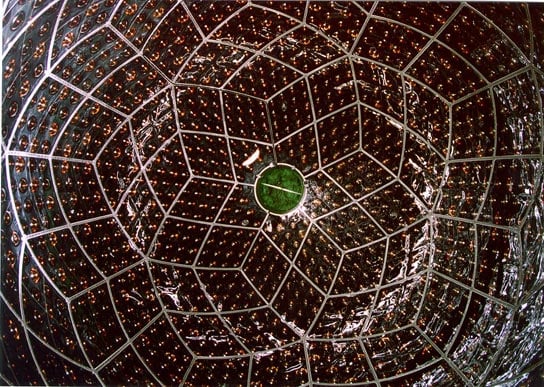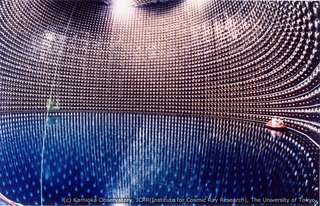
Since this time, the universe has steadily expanded and cooled, and neutrinos have just kept moving. Where do Neutrinos come from and where are they found?Īccording to what we know about neutrinos today, most neutrinos were born about 15 billion years ago, soon after the birth of the universe. By this fact leptons (leptons are elementary particles of half-integer spin that do not undergo strong interactions.) Are divided into three categories, each with a charged lepton and its accompanying neutrino. The three neutrino types appear to be different: for example, when muon-neutrino interacts with a target, they will always produce muon, and never tau or electrons.Īlthough electrons and electron-neutrinos can be created and destroyed in particle interactions, the sum of the number of electrons and electron-neutrinos is preserved.

Like electrons, both muon and tau are accompanied by neutrinos, which are called muon-neutrino and tau-neutrino. Their unique advantage arises from a fundamental property: they are affected only by the weakest of the forces of nature (but for gravity) and are therefore essentially detached as they travel the cosmic distance between their origin and ours. Produced significantly in high-energy collisions, traveling essentially at the speed of light, and unaffected by magnetic fields, Neutrino fulfills the basic requirements for astronomy. There are three different types of Neutrino, each related to a charged particle as shown in the following table. Of all high-energy particles, only weakly interacting with Neutrino can directly convey astronomical information from the edge of the universe - and as far as we know, within the most catastrophic high-energy processes. If so, then despite their light weight, their abundance may in fact mean that neutrinos contribute significantly to the overall mass of the universe.Neutrino was named by Enrico Fermi as a wordplay on neutron, which is the Italian name for neutron. Recent analysis of neutrinos emanated by the Sun has suggested that each type of neutrino can spontaneously turn into one of the others in a process of neutrino oscillation, and for theoretical reasons this in turn would require that neutrinos have mass. Nevertheless, neutrinos can be detected, and three different types have been distinguished, each of which is associated with a particular lepton (the electron, the muon, and the taon) with which it is often paired in interactions involving the weak force. The Italian physicist Enrico Fermi then coined the term neutrino, which means little neutron in Italian.) Neutrinos are hard to detect because their mass, if they indeed have any, is extremely low, and they possess no electric charge a chunk of iron a few light-years thick would absorb only about half of the neutrinos that struck it.

(He originally wanted to name the particle a neutron but didn't publish the suggestion, and a few years later the particle we now know as the neutron was discovered and named in print.

Pauli suggested that the energy was carried away by a very small, electrically neutral particle that was not being detected. A certain amount of energy that was lost in these processes could not be accounted for. Pauli was studying certain radioactive decay processes called beta decay, processes now known to involve the decay of a neutron into a proton and an electron. A Closer Look Neutrinos were not observed until 1955, roughly a quarter of a century after the physicist Wolfgang Pauli first hypothesized their existence on theoretical grounds.


 0 kommentar(er)
0 kommentar(er)
